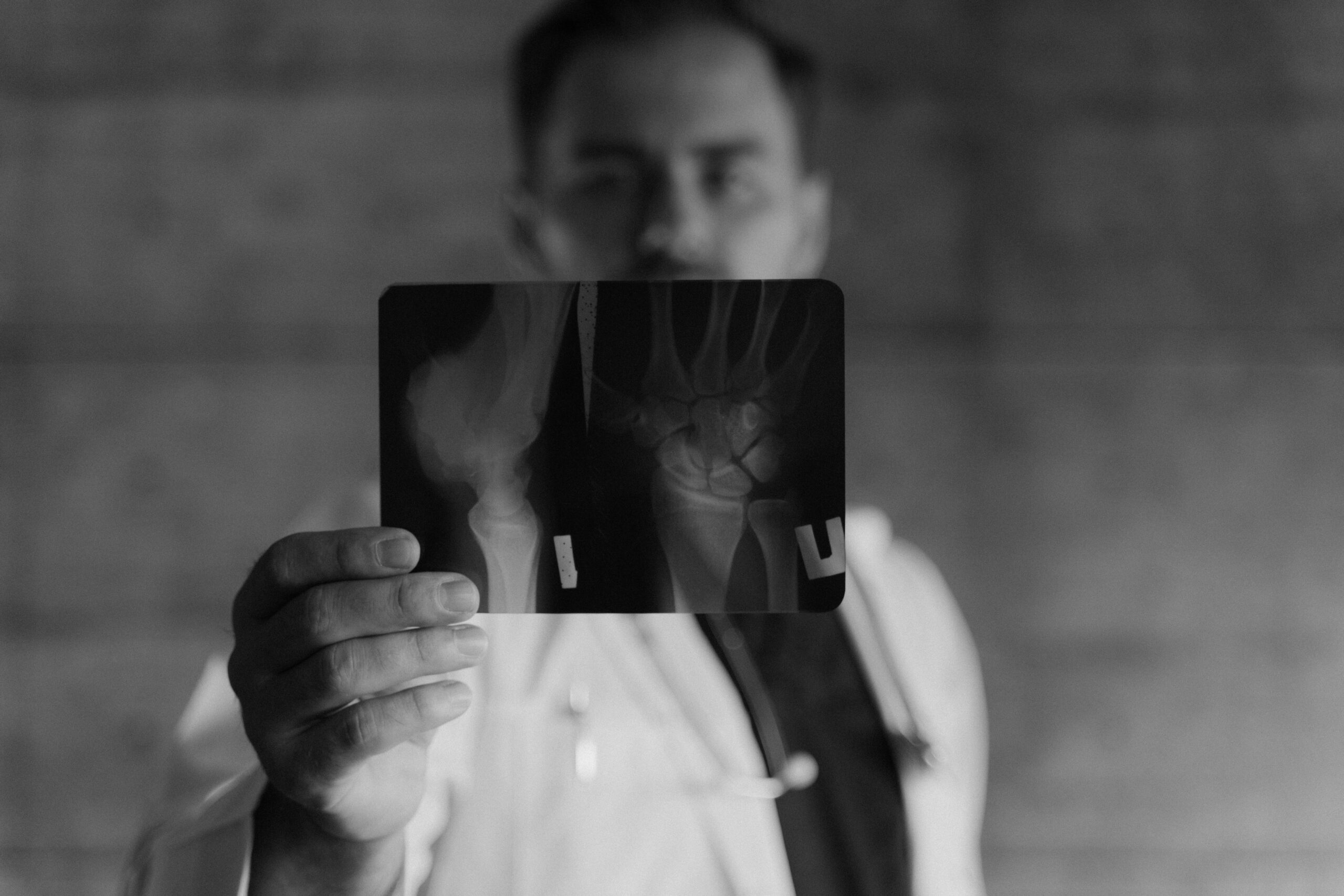Guide to 99214 CPT Code: Criteria, Documentation, and Billing
99214 CPT Code An Ultimate Guide for Coders
CPT Code 99214 is integral to the medical billing and coding process, specifically designed for office or outpatient visits for established patients. This code is used when a patient’s visit involves moderate complexity medical decision-making or requires a detailed history and examination.
Understanding CPT Code 99214 is crucial for healthcare providers and medical coders because accurate coding ensures proper reimbursement and compliance with healthcare regulations.
It is typically needed in situations where the patient’s condition demands a more in-depth evaluation and management, such as when managing chronic illnesses or addressing multiple medical issues in a single visit.
What is CPT Code 99214?
The 99214 CPT code description refers to an office or other outpatient visit for an established patient that involves a moderate level of medical decision-making. This code is used when the visit requires at least two of these three key components: a detailed history, a detailed examination, or moderate complexity medical decision-making.
Typically, a 99214 visit includes a thorough evaluation of the patient’s condition, management of multiple issues, and the development or adjustment of treatment plans. Proper use of the 99214 CPT code is essential for ensuring accurate billing and adequate reimbursement for the healthcare provider’s time and expertise.
How to Assign CPT Code 99214 Accurately?
Detailed History: Ensure that the patient’s medical, family, and social history is thoroughly documented.
Detailed Examination: Conduct a comprehensive physical examination covering multiple systems or a focused examination pertinent to the patient’s issues.
Moderate Complexity Decision-Making: Document the complexity of medical decision-making, which involves analyzing and managing multiple conditions, ordering and interpreting diagnostic tests, and considering various treatment options.
Time Spent: Note the total time spent face-to-face with the patient, typically around 25 minutes, including history taking, examination, and counseling.
Documentation: Maintain accurate and complete records of all findings and decisions made during the visit to support the use of this code.
Can CPT Code 99214 and 90833 Be Billed Together?
CPT Code 99214 and CPT Code 90833 can be billed together under specific circumstances. CPT Code 90833 is used for psychotherapy services provided alongside an evaluation and management (E/M) service, such as those represented by CPT Code 99214.
When these services are performed on the same day, the provider must ensure that the documentation clearly differentiates between the medical management provided under 99214 and the psychotherapy provided under 90833.
This separation is crucial for accurate billing and to avoid issues with reimbursement. Proper coding of these services requires precise and thorough documentation to demonstrate that each service is necessary and distinct from the other.
Requirement to Qualify for Level 4 Office Visit
To qualify for a Level 4 office visit, designated by CPT Code 99214, certain criteria must be met regarding the patient’s history, examination, and medical decision-making (MDM). A Level 4 visit involves more complexity and time than lower-level visits, necessitating thorough documentation. Here are the key requirements:
History:
A detailed history that includes a comprehensive review of the patient’s medical, family, and social history. Documentation of the chief complaint and a detailed history of the present illness.
Examination:
A detailed physical examination covering multiple organ systems or a focused examination related to the patient’s issues. Comprehensive documentation of the findings from the examination
Medical Decision Making (MDM):
Moderate complexity in medical decision-making, which involves analyzing and managing multiple diagnoses or treatment options. Documentation of the complexity of data reviewed, including tests ordered and interpreted. Consideration of the risk of complications, morbidity, or mortality associated with the patient’s condition and treatment options.
What is the Difference Between CPT Code 99213 and 99214?
The primary difference between CPT Code 99213 and CPT Code 99214 lies in the complexity and thoroughness of the visit. While both codes are used for office or outpatient visits for established patients, 99214 indicates a higher level of care involving more detailed history, examination, and medical decision-making compared to 99213. Understanding these differences is crucial for accurate medical billing and appropriate reimbursement.
Aspect | CPT Code 99213 | CPT Code 99214 |
Complexity | Low to moderate | Moderate |
History | Expanded problem-focused | Detailed |
Examination | Expanded problem-focused | Detailed |
Medical Decision Making | Low complexity | Moderate complexity |
Typical Time Spent | Approximately 15 minutes | Approximately 25 minutes |
Examples of Use | Minor issues, stable chronic problems | Multiple issues, management of chronic conditions with exacerbations |
Does CPT Code 99214 Need a Modifier?
In certain situations, CPT Code 99214 may require the use of a modifier to provide additional information about the service performed. Modifiers are essential for clarifying circumstances that affect the procedure, such as if the service was distinct or separate from other services provided on the same day. Correct use of modifiers ensures accurate billing and prevents claim denials.
- Modifier 25: Used when a significant, separately identifiable E/M service is performed by the same physician on the same day as another procedure or service.
- Modifier 95: Applied for telehealth services when the visit is conducted via a real-time interactive audio and video telecommunications system.
- Modifier 24: Used when an E/M service is performed during a postoperative period for reasons unrelated to the original procedure.
Mistakes & Challenges in Reporting Code 99214
Reporting CPT Code 99214 accurately can be challenging due to the specific documentation and criteria requirements. Common mistakes and challenges include insufficient documentation, misunderstanding the complexity levels, and improper use of modifiers. These issues can lead to claim denials, reduced reimbursement, and compliance risks.
Insufficient Documentation
Failing to provide a detailed history, examination, and medical decision-making (MDM) in the patient’s records. Lack of clear documentation to justify the moderate complexity required for 99214.
Misunderstanding Complexity Levels
Confusing the requirements for 99213 and 99214 led to incorrect coding.
Not accurately assessing the complexity of medical decision-making.
Improper Use of Modifiers
Incorrectly applying or omitting necessary modifiers such as Modifier 25 or Modifier 24. Not understanding when a modifier is needed to explain the context of the service.
Time Documentation Issues
Failing to accurately record the time spent during the visit, which is typically around 25 minutes for 99214. Not distinguishing between face-to-face time and non-face-to-face time.
Compliance Risks
Risk of audits and penalties due to improper coding and billing practices. Potential for claim denials if the provided documentation does not meet payer requirements.
Conclusion
Understanding CPT Code 99214 is essential for healthcare providers and coders to accurately document and bill for office or outpatient visits involving established patients. Proper documentation of history, examination, and medical decision-making ensures compliance with coding guidelines and facilitates fair reimbursement for the services rendered.
Staying informed about the criteria, potential pitfalls, and best practices associated with 99214 helps maintain efficiency and integrity in healthcare billing practices.
Table of Contents
- 99214 CPT Code An Ultimate Guide for Coders
- What is CPT Code 99214?
- How to Assign CPT Code 99214 Accurately?
- Can CPT Code 99214 and 90833 Be Billed Together?
- Requirement to Qualify for Level 4 Office Visit
- What is the Difference Between CPT Code 99213 and 99214?
- Does CPT Code 99214 Need a Modifier?
- Mistakes & Challenges in Reporting Code 99214
- Conclusion





